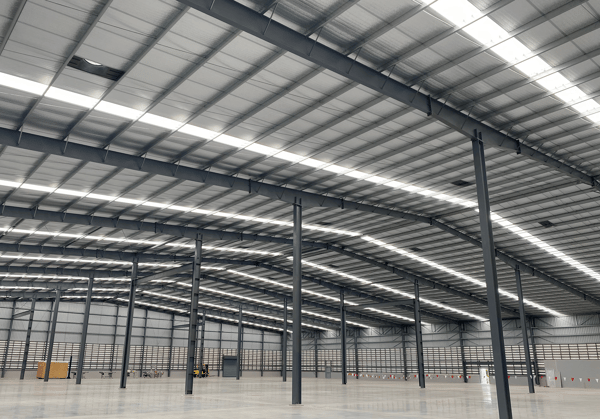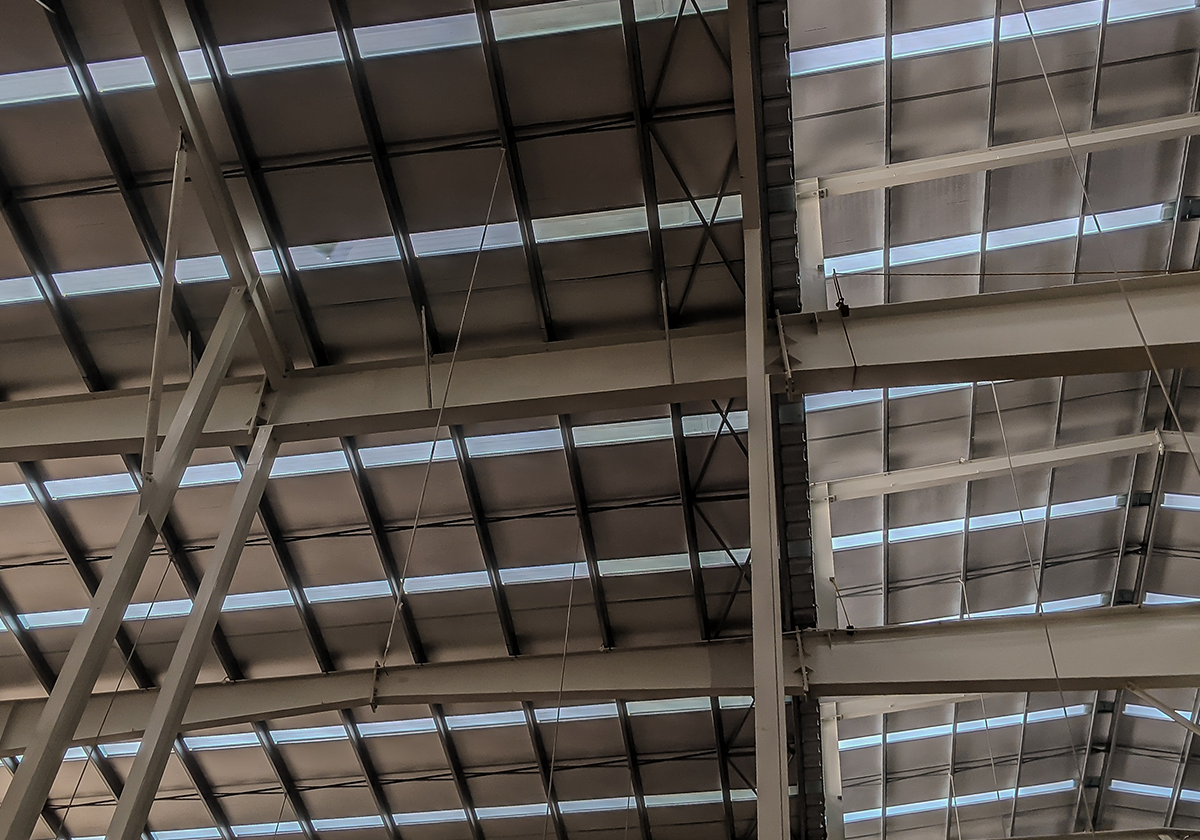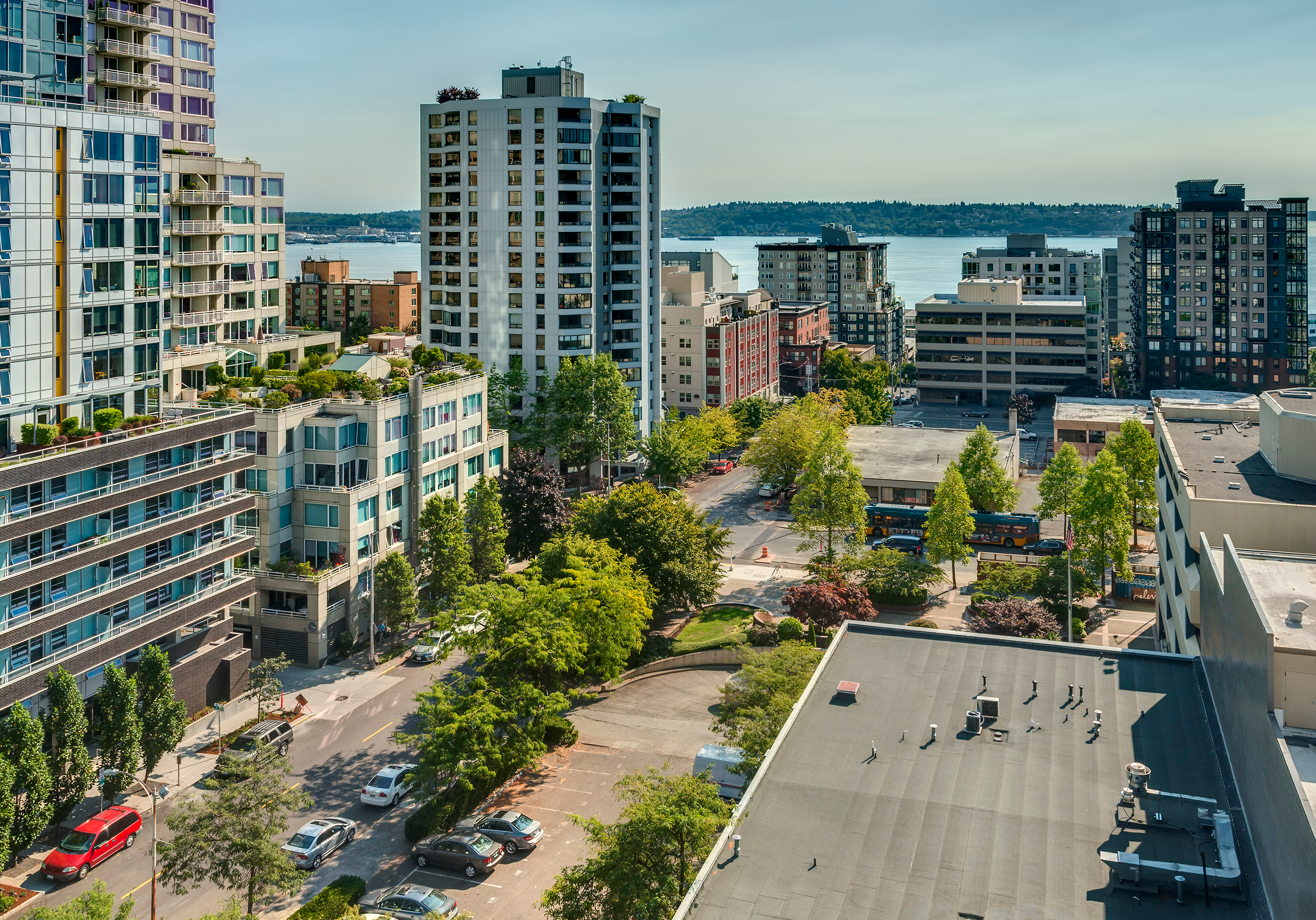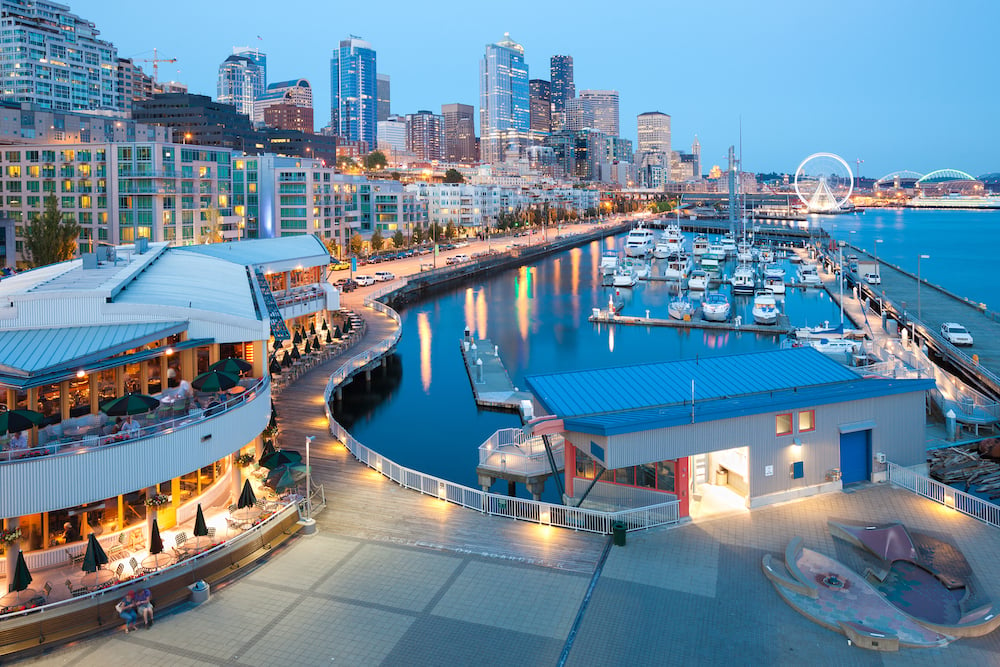Part III of The Basics of Construction Classes series.
These articles are designed to help you gain a better understanding of the various classes so you gain more value from WSRB commercial property reports and the calculation of tentative loss costs. This series, like the classes themselves, moves from the least fire-resistive class (CC1) to the most (CC6).
Before continuing, be sure to stay informed with similar content by signing up for notifications.
Related:
WSRB's Essential Guide to Commercial Property Risk Assessment
The Commercial Lines Manual defines the Non-Combustible construction class: “Buildings where the exterior walls, floors, and roof are constructed of, and supported by metal, asbestos, gypsum, or other non-combustible materials.” Commercial Lines Manual, Rule 15.B.3
Where you write your business will determine how often you will encounter CC 3. It’s common in warehouse districts and rural areas.
Construction Class 3 encompasses metal buildings where the structure doesn’t add fuel to the fire. A drawback to this construction class: the structural steel used is unprotected, causing it to potentially become structurally unsound or even collapse at high temperatures. You may be wondering why these buildings would be constructed. It’s because they are inexpensive to design and fairly quick to build. Warehouses and manufacturing facilities are classic examples of the CC 3 type. Many are protected by automatic fire sprinkler systems, which decreases the likelihood of the metal reaching a temperature at which the structure is compromised.
CC 3 exterior walls exhibit the following elements
- Structural, horizontal, and vertical load-bearing unprotected metal supports (rated as non-combustible)
- Metal or masonry, panels or curtain walls supported by a metal frame (rated as non-combustible)
A CC 3 building typically features a metal roof and siding. As long as you can see the horizontal and vertical load-bearing supports, this construction type is fairly easy to identify.
The below exterior image is a classic example of a CC 3 building.
 Like many construction class 3 buildings, this one
Like many construction class 3 buildings, this one
has metal siding and a metal roof
The interior floors and roof of a CC 3 building feature
- Metal or masonry floors or roof decks supported by a metal frame (rated as non-combustible).
- Floor and roof assemblies with a fire-resistive rating of
- less than R.1 hour; the “one-hour” fire rating is given to materials able to resist standard fire exposure for, you guessed it, one hour.
The below image exhibits a standard CC 3 interior.
 A look at the interior of this building clearly shows the metal roof.
A look at the interior of this building clearly shows the metal roof.
A few notes to help you in distinguishing CC 3:
- Quite often, the unprotected metal looks like bare steel. It may or may not be painted.
- Buildings are generally one to two stories tall.
Two common issues can move a CC 3 building to a combustible classification
- Exposed insulation on the walls if the insulation states that it must be covered.
- Plywood sheathing is attached to the inside of the exterior walls. Since plywood is combustible, this may cause the building to fall into a combustible construction class.
What’s the best way to ensure your risk has the correct classification? Let WRSB inspect it. Commercial inspections are included in the price of your subscription. Easily request an inspection on the member portion of the website.











